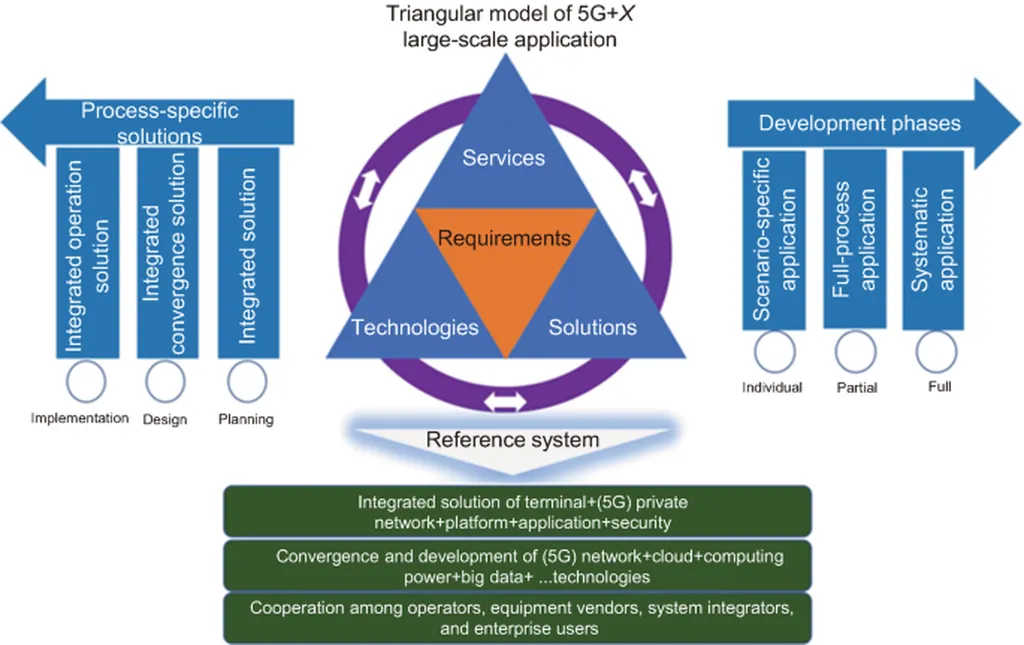In the face of increasingly frequent and intense typhoons, the stability of distribution networks (DNs) is under threat, with significant commercial implications for the energy sector. A recent study published in the journal *Energies*, titled “Resilience Enhancement for Distribution Networks Under Typhoon-Induced Multi-Source Uncertainties,” offers a promising approach to bolster the resilience of these critical infrastructure systems. The research, led by Naixuan Zhu of the Economic and Technology Institute at State Grid Fujian Electric Power Co., Ltd., introduces a typhoon-oriented resilience framework that could revolutionize how energy providers prepare for and respond to extreme weather events.
The study addresses the complex challenges posed by typhoons, which bring with them multiple sources of uncertainty, including variations in landfall parameters, trajectory, and intensity. “Traditional methods often overlook the dynamic nature of typhoons,” Zhu explains. “By modeling component failure probabilities based on time-sequential variations, we can achieve a more accurate and quantitative estimation of typhoon impacts.”
The framework proposed by Zhu and his team goes beyond mere estimation. It integrates component failure probabilities with the importance factor of bus load under disaster conditions, performing a hierarchical analysis to identify vulnerabilities within DNs. This vulnerability identification is crucial for developing targeted resilience enhancement strategies. “Our approach allows us to pinpoint the weak points in the network, enabling us to prioritize investments in line reinforcement and energy storage configuration,” Zhu notes.
The resilience enhancement model constructed by the researchers aims to balance system resilience enhancement with economic considerations. By optimizing investment costs, the model provides a practical solution for energy providers looking to enhance their network’s resilience without breaking the bank. The study’s analysis and verification in the IEEE 33-bus system demonstrate the effectiveness of the proposed method, with potential cost savings of up to 5.112 million and 0.2459 million in load loss costs.
The implications of this research are far-reaching for the energy sector. As typhoons and other extreme weather events become more common, the ability to accurately predict and mitigate their impacts on distribution networks will be crucial. Zhu’s work offers a roadmap for enhancing network resilience, potentially saving energy providers millions in damages and downtime.
Moreover, the integration of energy storage configuration into the resilience enhancement strategy highlights the growing importance of energy storage technologies in the modern energy landscape. As the sector continues to evolve, the ability to store and deploy energy efficiently will be key to maintaining network stability and reliability.
This research not only advances our understanding of typhoon-induced uncertainties but also provides a practical tool for energy providers to enhance their network’s resilience. As the energy sector grapples with the challenges posed by extreme weather events, Zhu’s work offers a beacon of hope, demonstrating that with the right strategies and investments, we can build a more resilient and sustainable energy future.

